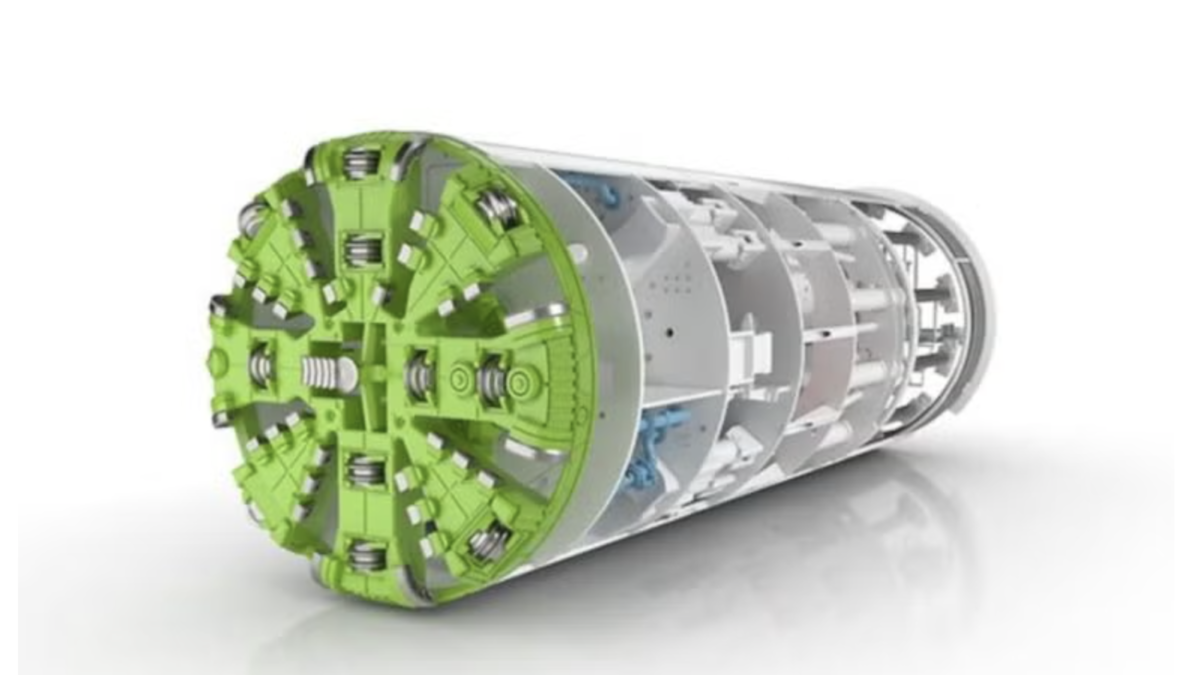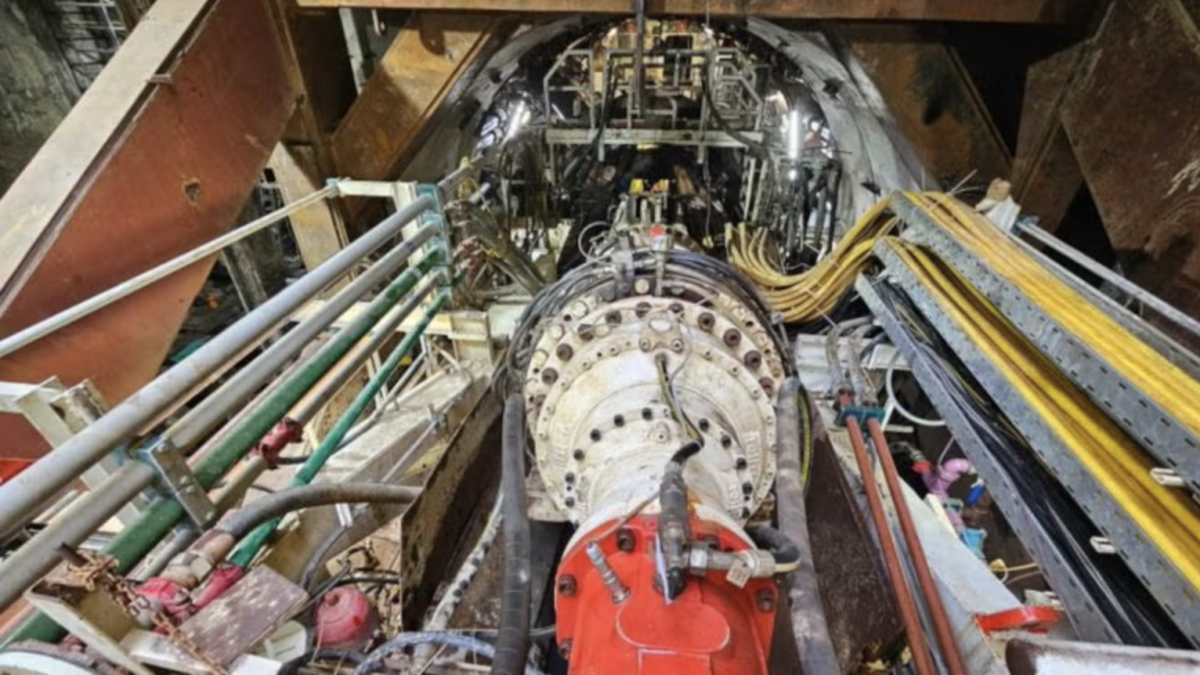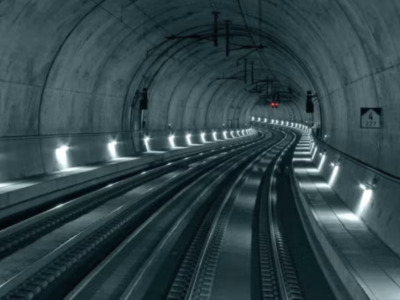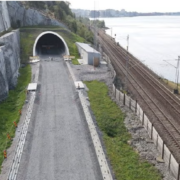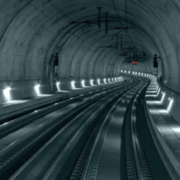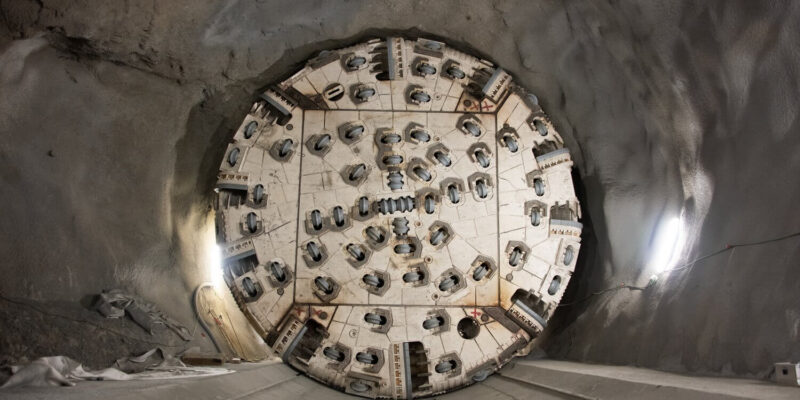
After Flavia, the tunnel boring machine, got stuck in a fault zone in the western railway tunnel, an attempt was made to free it. Nevertheless, the machine has not yet crossed the fault zone completely.
To better understand the geological characteristics of this construction lot, Stefan Skuk, a BBT SE geologist, expressed about the TBM Flavia start journey: “The TBM Flavia started its journey in April 2019 from the Mules construction lot. It is a 200-meter-long tunnel boring machine weighing 2750 tons, which drives through the mountain with an engine power of 4200 kW. To date, the tunnel boring machine has completed about 10.8 km of the western railway tunnel out of a total of 14.3 km. In April last year, about 3.5 km from the end of the planned excavation at the Brenner Pass, Flavia came to a standstill.”
He explained the reason for Flavia getting stuck: “Due to the high overburden of over 1,200 meters and the low resistance of the fractured rock, the rock mass prevented the TBM from moving forward by pressing against it. After several attempts, however, the TBM resumed operations.”
Commenting on the TBM resuming its journey towards the Brenner Pass, Stefan said: “The attempt to restart the TBM Flavia was successful, and so last Friday, on November 24th, it resumed its journey northwards. This does not mean, however, that Flavia has left the fault zone behind. As a matter of fact, Flavia is still in the fault zone, and therefore, the daily excavation performance is not what it normally is when the TBM is 100% operational.”
He continued: “We are confident, however, that the TBM will soon overcome the fault zone and resume normal operations.”
What is a geological fault zone, and what are the specific geological features of the Mules construction lot? Stefan answered this question as follows: “A fault is a fracture in a rock body that causes a relative displacement of the two separate masses,”
“As expected at the start of the project, the geology of the Mules construction lot, south of the Central Gneiss formation, is very complex. The TBM crosses very different types of rock (schists, phyllites, quartzites, marbles, and graywackes, to name but a few) at very short intervals.”
He added: “And that’s not all. These rock formations are interspersed with fault zones, where the rock has been crushed over time by the tectonic movements of continental plates.”
Stefan also expressed about working on such an important project as the Brenner Base Tunnel: “On the one hand, the project is extremely interesting from a geological point of view, as it involves a 55 km geological section through the Alps. On the other hand, excavating a tunnel is interesting from a technical point of view, and mechanized excavation using TBM Flavia is a good example of this.”
Moreover, he claimed: “It is particularly exciting to follow the work from the exploratory phase through the planning phase to the excavation phase, as it gives us the opportunity to see and verify the accuracy of our predictions firsthand. The project is proceeding in a very satisfactory manner, as we are now less than 3.5 kilometers away from reaching the Brenner Pass through the western main tunnel (having already reached it with the two TBMs, Serena and Virginia). These results come on top of those achieved in previous construction lots, all of which have been successfully completed since the start of construction of the Aica exploratory tunnel in 2007.”



